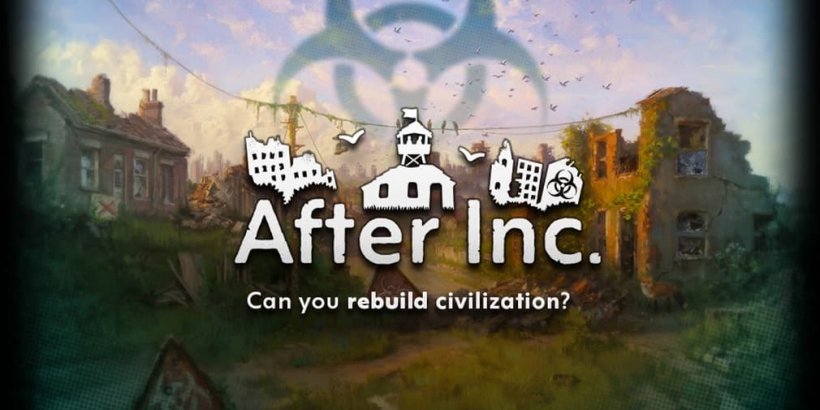"Blades of Fire: Exclusive First Look"
When I sat down to play developer MercurySteam's latest project, Blades of Fire, I initially expected it to echo the studio's previous work on the Castlevania: Lords of Shadow series, infused with the modern flair of God of War. However, an hour into the game, it felt more akin to a Soulslike, albeit one where the focus was on weapon stats rather than traditional RPG elements. By the end of my three-hour hands-on session, I realized that Blades of Fire was a unique blend of familiar and innovative elements, crafting a fresh take on the action-adventure genre.
While it draws heavily from God of War, Blades of Fire isn't a mere clone. Its dark fantasy setting, heavy-hitting combat, and tight third-person camera perspective are reminiscent of Kratos's Norse adventures. The demo featured a twisty, treasure-laden map explored alongside a young companion, solving puzzles and seeking out a woman living in a house atop a giant creature. These elements, combined with FromSoftware-inspired features like anvil-shaped checkpoints that replenish health potions and respawn enemies, can make the game feel overly familiar at times.
 Blades of Fire features some deeply strange enemies that feel like dark cousins of Labyrinth's puppets. | Image credit: MercurySteam / 505 Games
Blades of Fire features some deeply strange enemies that feel like dark cousins of Labyrinth's puppets. | Image credit: MercurySteam / 505 Games
The game's world exudes a nostalgic 1980s fantasy vibe. Think Conan the Barbarian mingling with buff soldiers, and orangutan-like foes bouncing on bamboo pogo sticks, reminiscent of Jim Henson's Labyrinth. The narrative follows a classic trope: an evil queen has turned steel into stone, and you, as Aran de Lira, a blacksmith demigod, must defeat her to restore the world's metal. While the setting has its charms, the story and characters seem somewhat generic, reminiscent of many forgotten tales from the Xbox 360 era.
Blades of Fire shines most brightly in its mechanics. The combat system revolves around directional attacks using every face button on the controller. On a PlayStation pad, triangle aims for the head, cross targets the torso, while square and circle swipe left and right. Reading an enemy's stance allows you to break through their defenses effectively. For instance, a soldier guarding their face can be defeated by targeting their lower body. The combat's visceral impact is accentuated by the vivid visuals of blood spurting from wounds.
The demo's first major boss, a slobbering troll, required a strategic approach. Its second health bar could only be damaged after dismembering it, with the limb removed determined by your attack angle. Detaching its left arm with a right-hand strike was a highlight, and severing its entire face left it blind and vulnerable, adding depth to the combat experience.
Weapons in Blades of Fire demand significant attention. Unlike most games, they don't regenerate automatically; your stamina, crucial for attacks and dodges, must be manually restored by holding the block button. The combat retains a Soulslike feel with its emphasis on attack pattern recognition and precise dodge/block/parry timing, though the punishment for failure is less severe. The directional attack system requires a different control setup, with blocking reassigned to the left trigger, necessitating a mental shift from typical Soulslike muscle memory.
Once I adjusted to the unique control scheme, the combat's distinctiveness became apparent. The core damage system is enhanced by a versatile weapon system, allowing you to switch between slashing and thrusting stances based on enemy vulnerabilities and HUD prompts.
Blades of Fire Screenshots

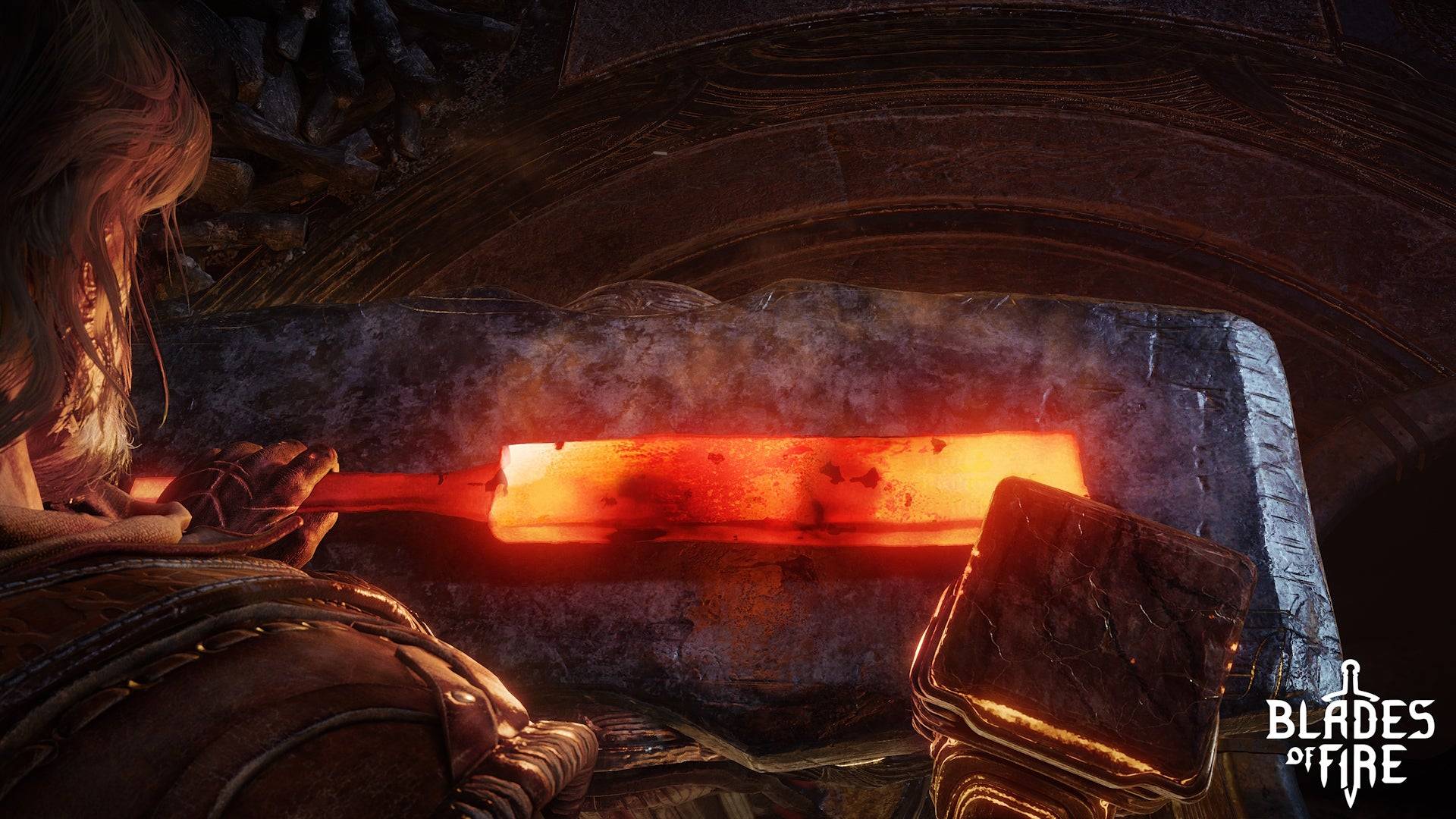 9 Images
9 Images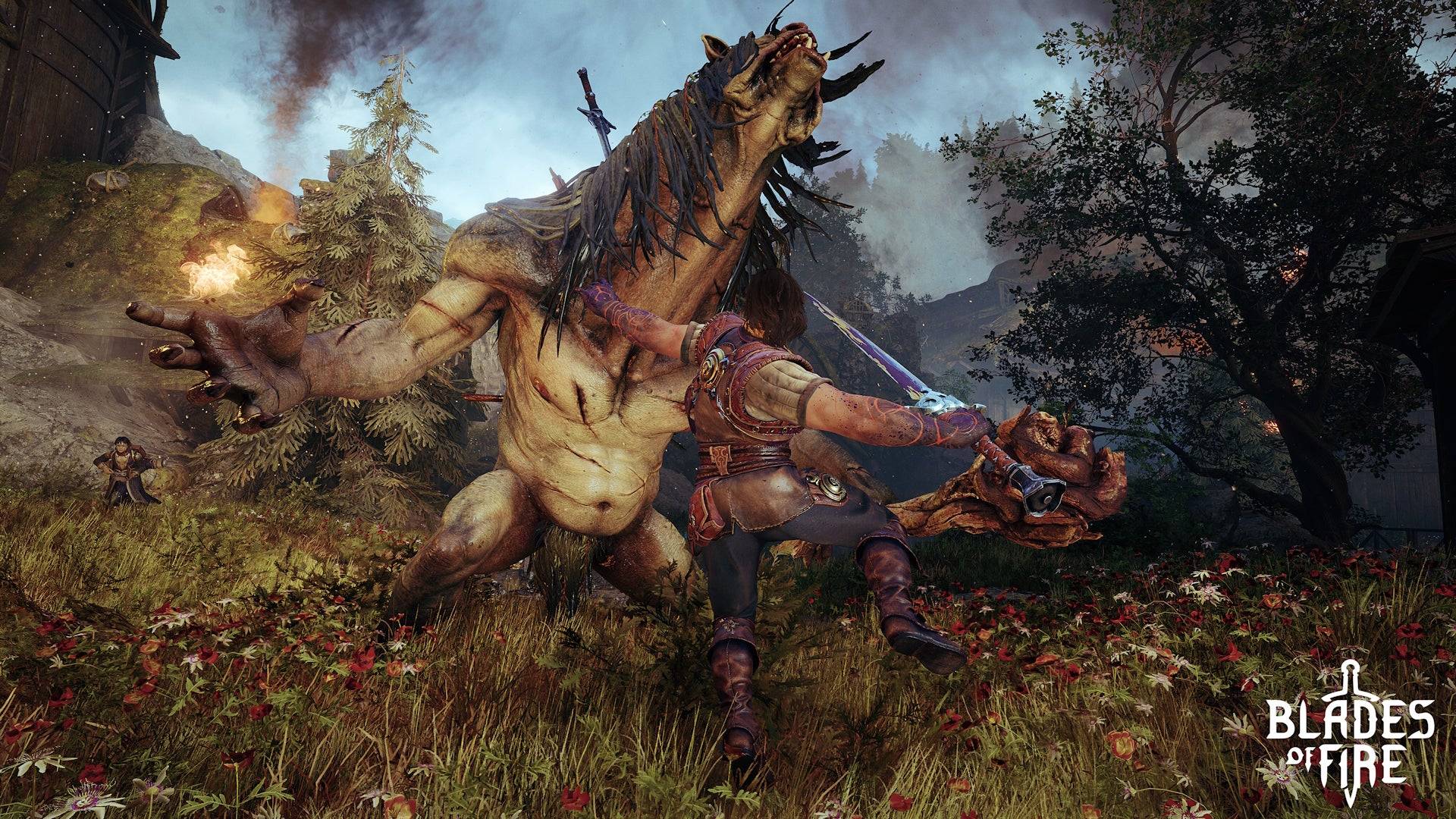
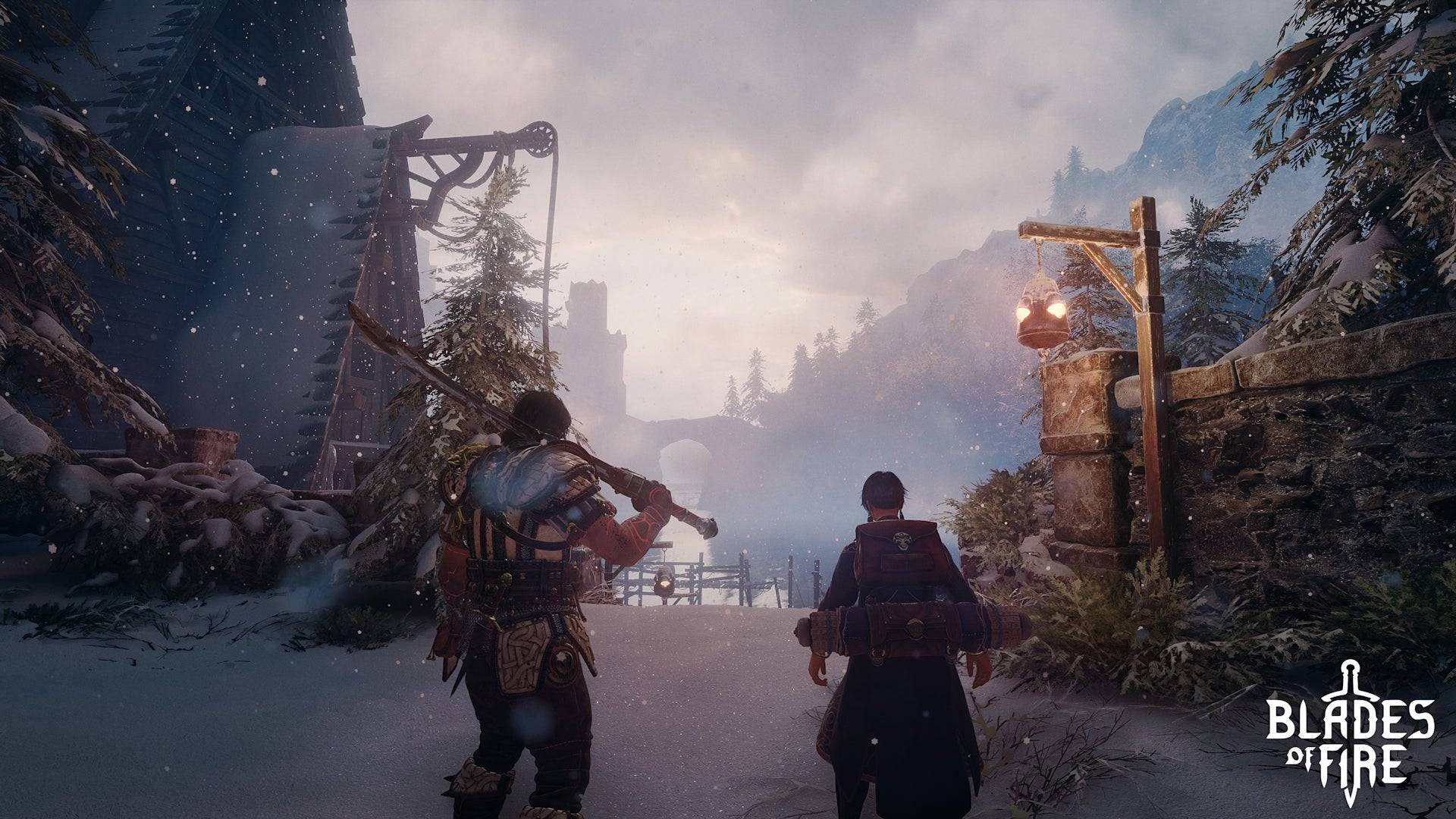
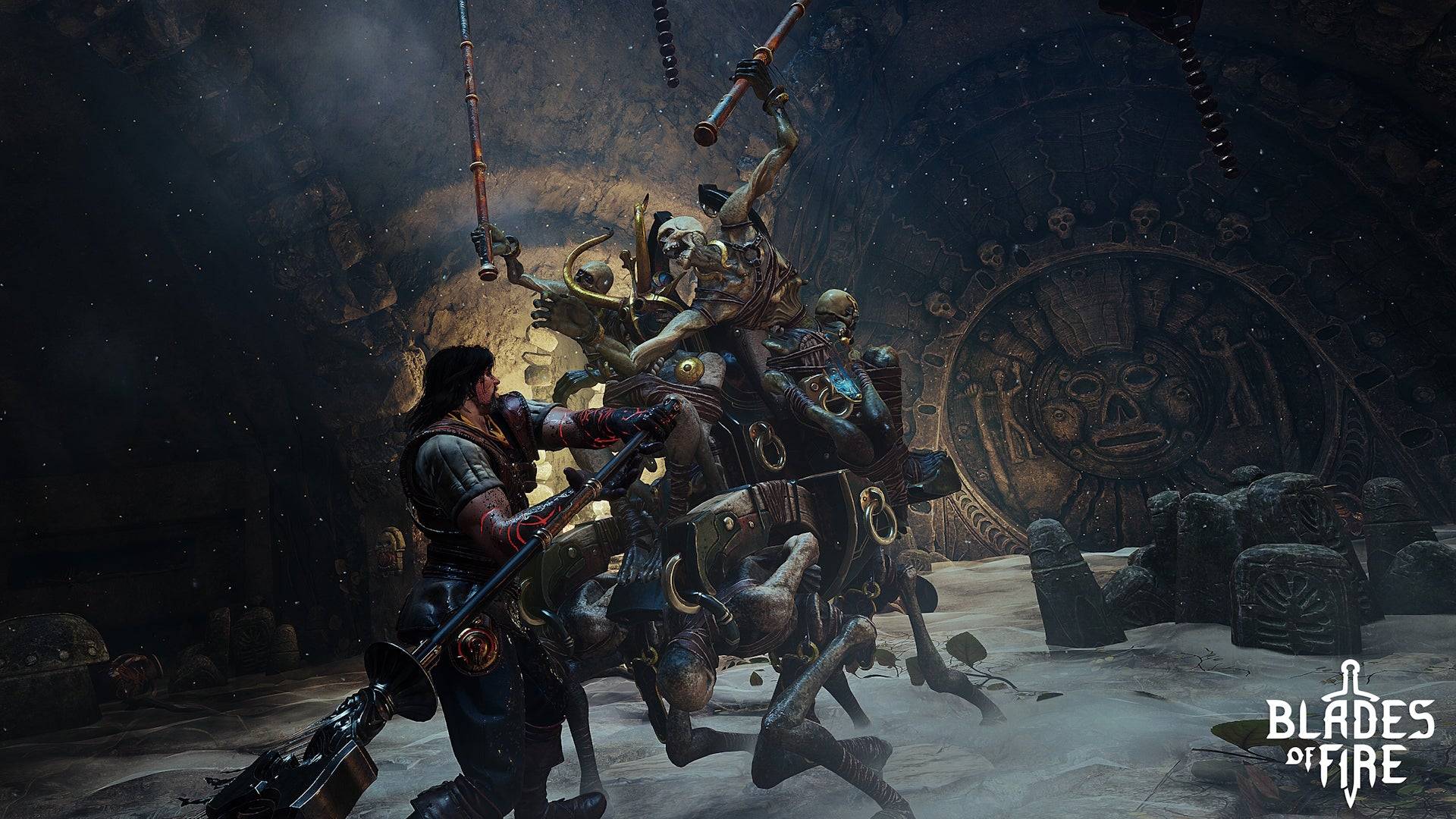
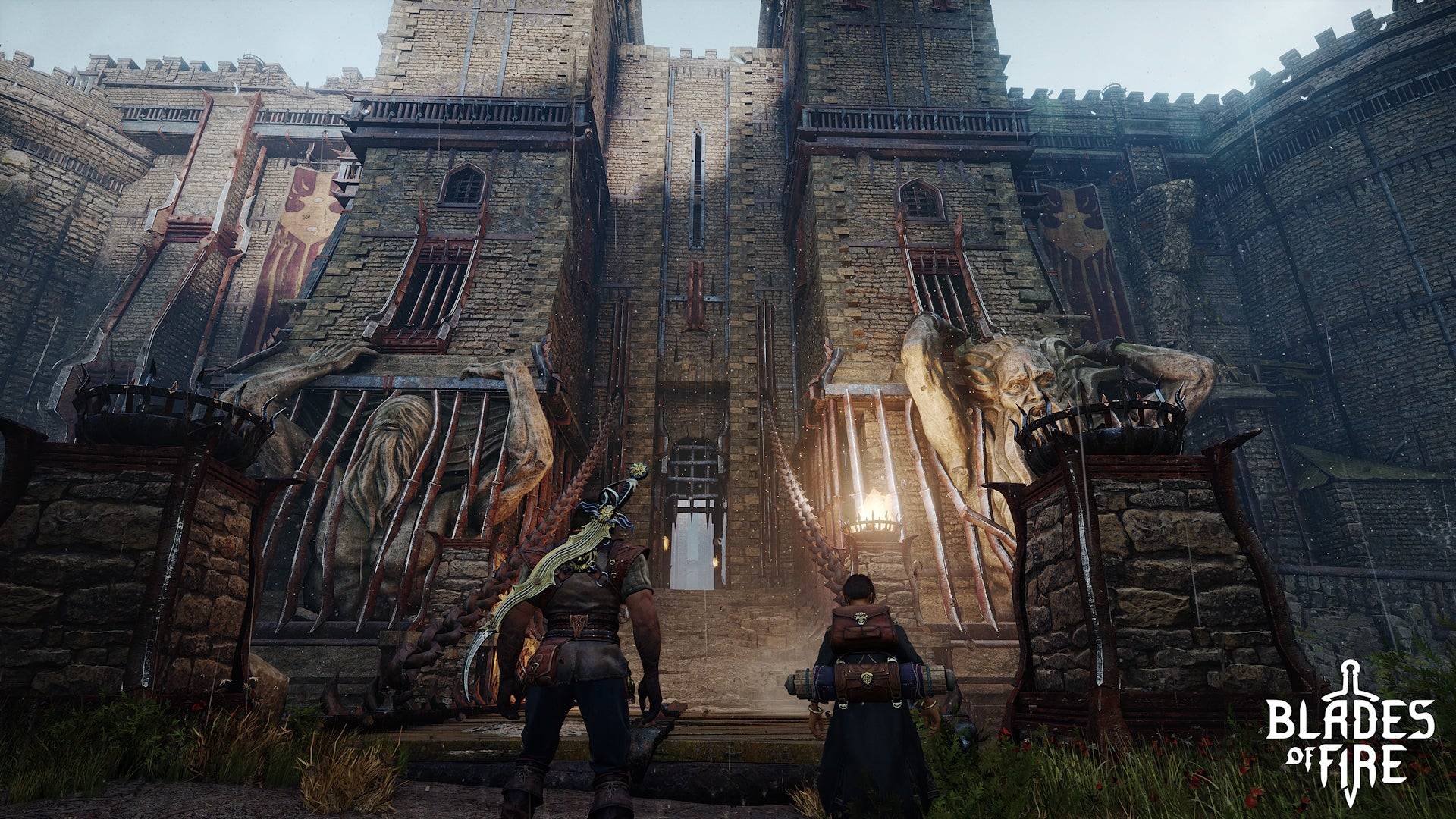 As the name suggests, weapons are central to Blades of Fire. They degrade with use, requiring sharpening stones to maintain effectiveness or switching stances, as each wears independently. Mid-fight sharpening, reminiscent of Monster Hunter, is essential, but all weapons eventually break. Repairing at an anvil checkpoint or melting down for raw materials leads to the game's most innovative feature: the forge.
As the name suggests, weapons are central to Blades of Fire. They degrade with use, requiring sharpening stones to maintain effectiveness or switching stances, as each wears independently. Mid-fight sharpening, reminiscent of Monster Hunter, is essential, but all weapons eventually break. Repairing at an anvil checkpoint or melting down for raw materials leads to the game's most innovative feature: the forge.
MercurySteam's weapon crafting system is intricate. Starting with a basic template, you customize every detail, from a spear's length to its head's shape, affecting stats and stamina demands. The real innovation comes in physically hammering out the metal. A minigame challenges you to match a curved line with vertical bars through precise hammer strikes, with overworking the steel weakening the weapon. Your skill earns a star rating, determining how often you can repair your creation before it's lost forever.
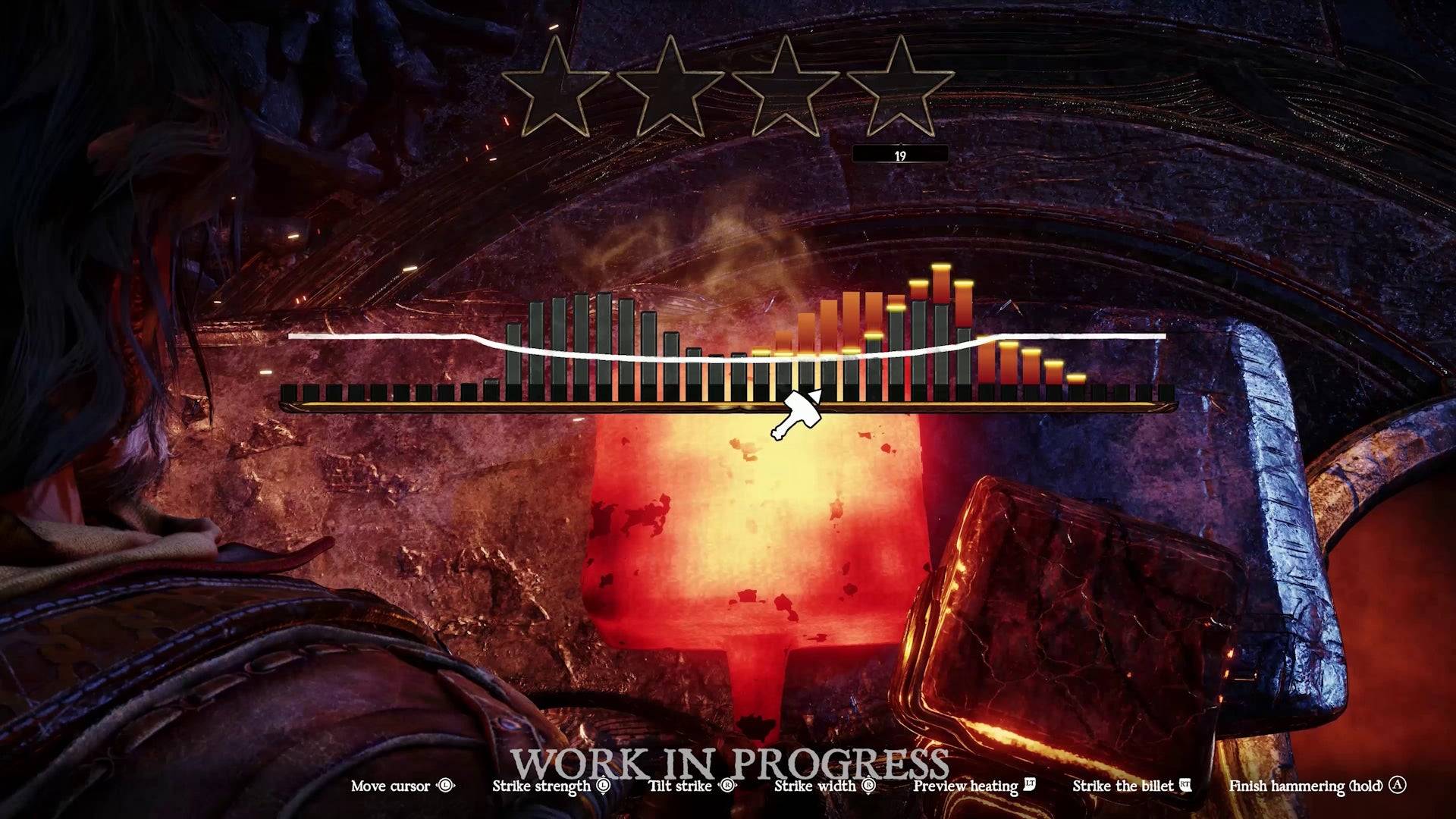 The forging minigame is a great idea that feels a little too obtuse. | Image credit: MercurySteam / 505 Games
The forging minigame is a great idea that feels a little too obtuse. | Image credit: MercurySteam / 505 Games
While the forge concept is compelling, introducing a skill element to crafting, the minigame can feel frustratingly unclear. A better tutorial or refinements could enhance this standout feature.
The forge's concept extends beyond the demo, promising a deep connection to your crafted weapons throughout a 60-70 hour journey. As you discover new metals, you can reforge your weapons, adapting them to new challenges. This bond is reinforced by the death mechanic: upon defeat, you drop your weapon, respawning without it. Your weapons remain in the world, challenging you to retrieve them, fostering a meaningful connection over the campaign.
MercurySteam's nod to Dark Souls is evident, but Blades of Fire builds on a more personal bond with your weapons. Lost souls can be regained, but a cherished sword cannot be easily replaced. I'm eager to see how this dynamic unfolds over the full game, potentially allowing you to reclaim and reforge weapons from hours prior.
The influence of Dark Souls and its successors is clear, but Blades of Fire also feels like a spiritual successor to Blade of Darkness, an early 2000s game by MercurySteam's founders, seen as a precursor to the Souls series. The game integrates advancements from other studios, creating a distinct identity.
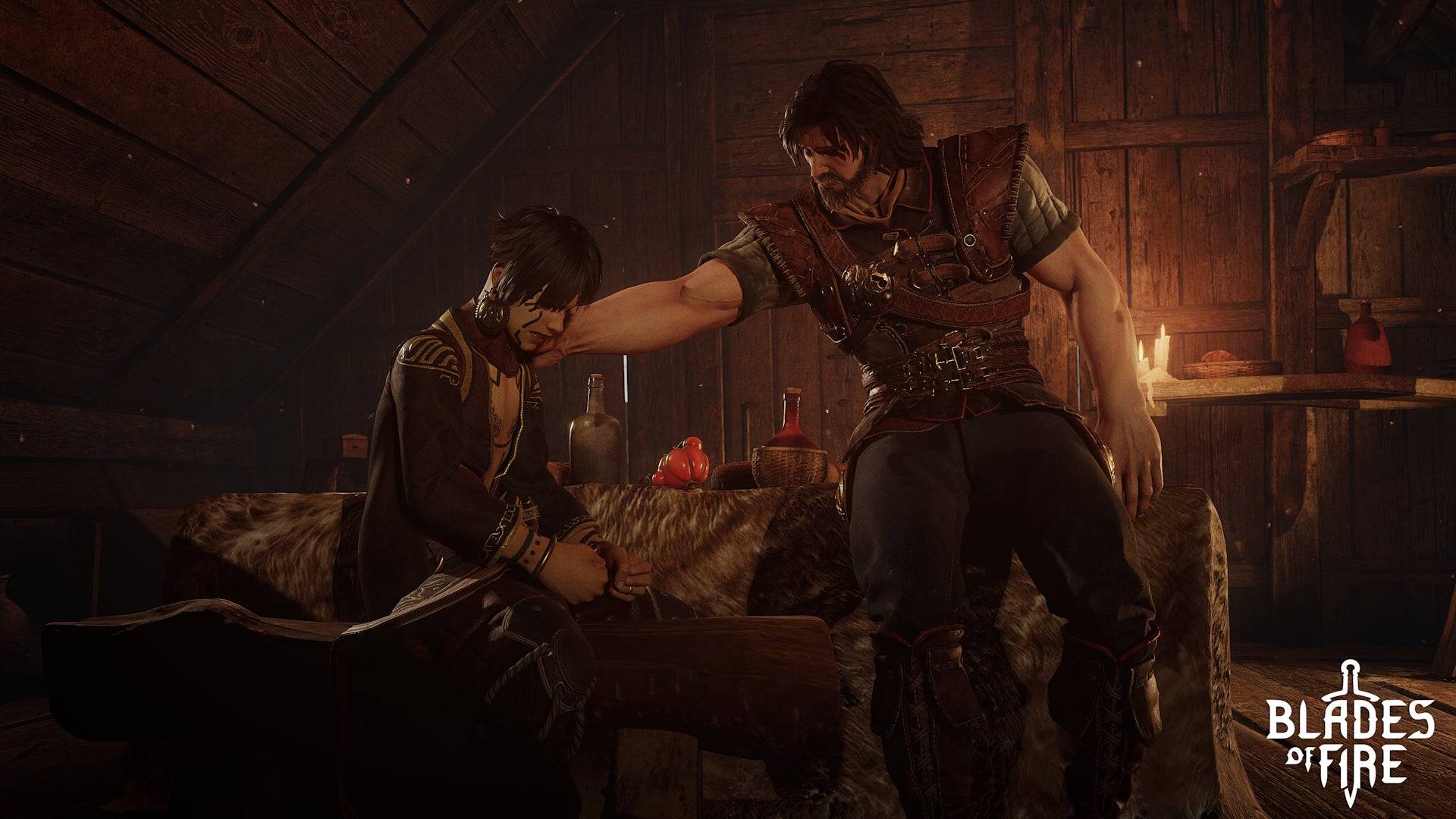 Aran is joined by his young companion, Adso, who can help solve puzzles and comment on the world's lore. | Image credit: MercurySteam / 505 Games
Aran is joined by his young companion, Adso, who can help solve puzzles and comment on the world's lore. | Image credit: MercurySteam / 505 Games
Throughout my playthrough, I sensed the influences of Blade of Darkness, FromSoftware, and God of War. Yet, Blades of Fire transcends these inspirations, crafting a unique experience. My concerns include the generic dark fantasy setting's ability to sustain a 60-hour journey and the repetition of certain encounters. However, the deep relationship between your crafted weapons and the game's challenges has me intrigued. In an era where complex games like Elden Ring and Monster Hunter have found mainstream success, Blades of Fire has the potential to offer something truly engaging to the gaming community.







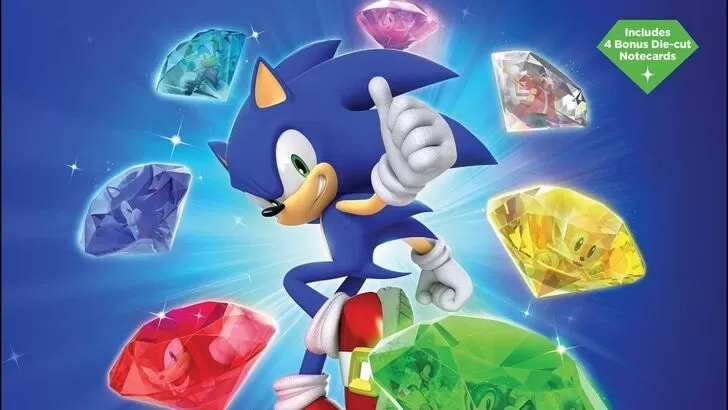










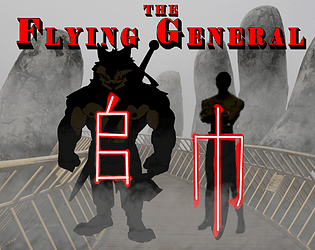


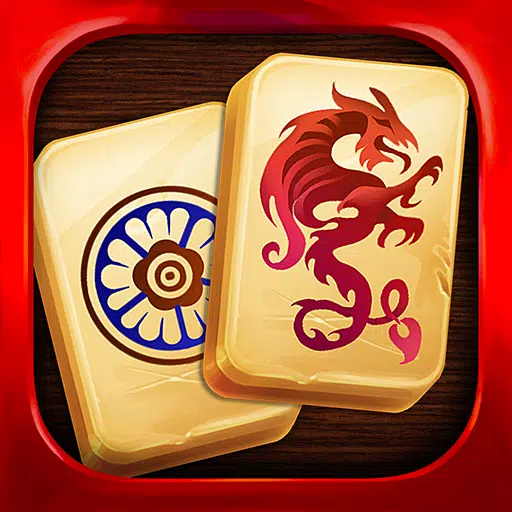
![FurrHouse [Ch. 3]](https://images.dshu.net/uploads/30/1719555089667e54115d59f.jpg)


